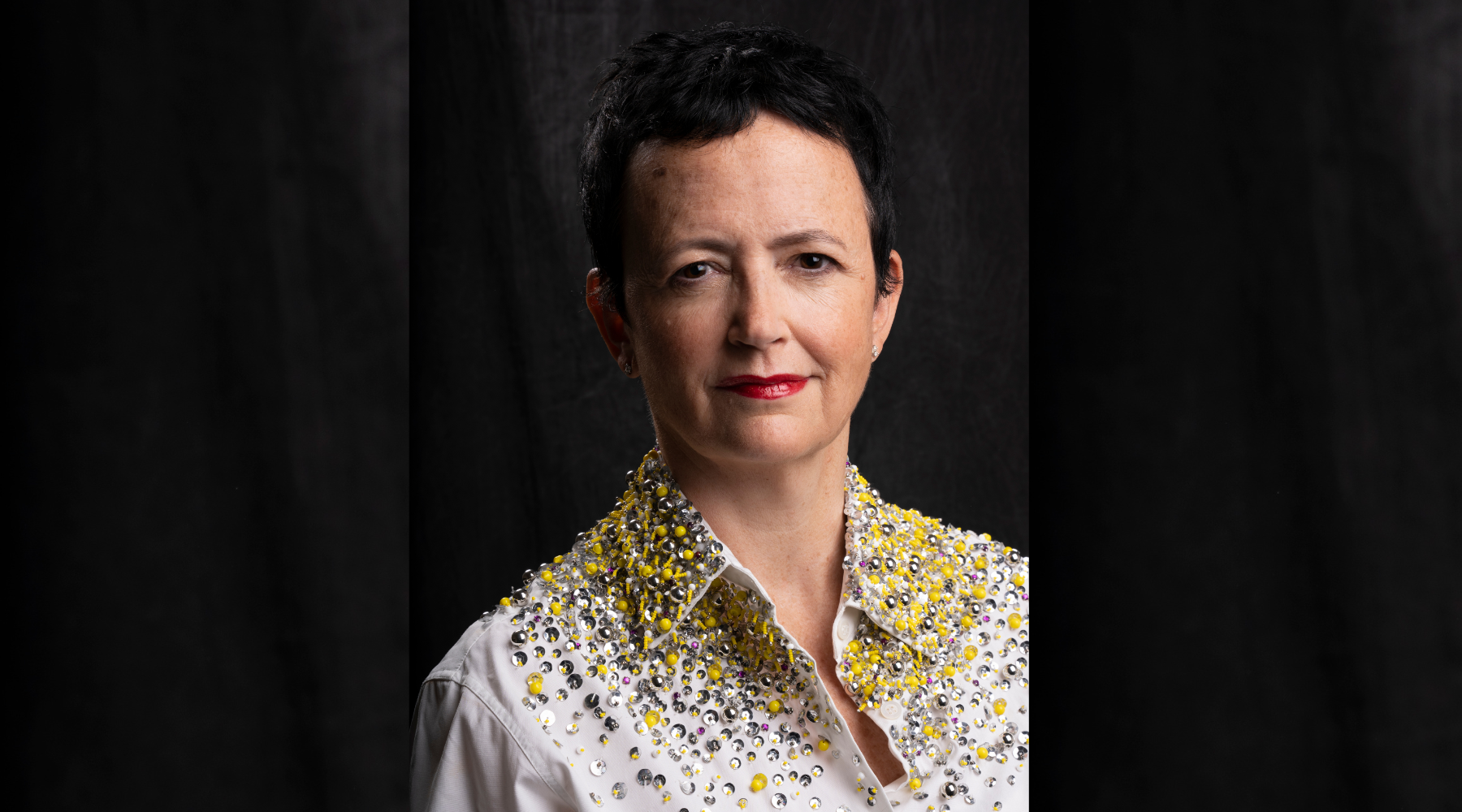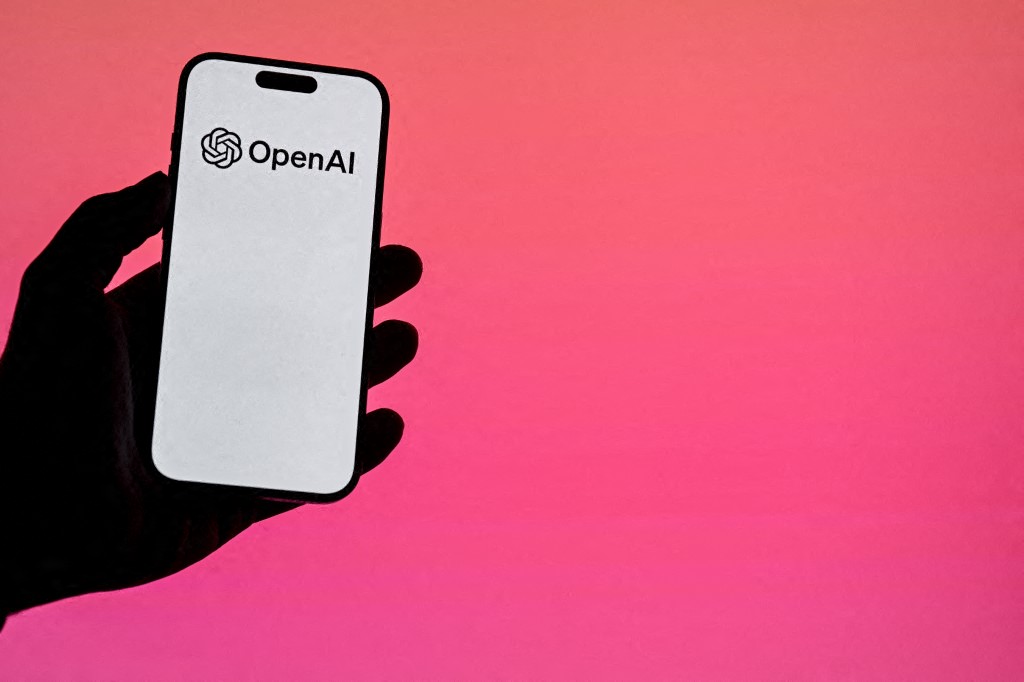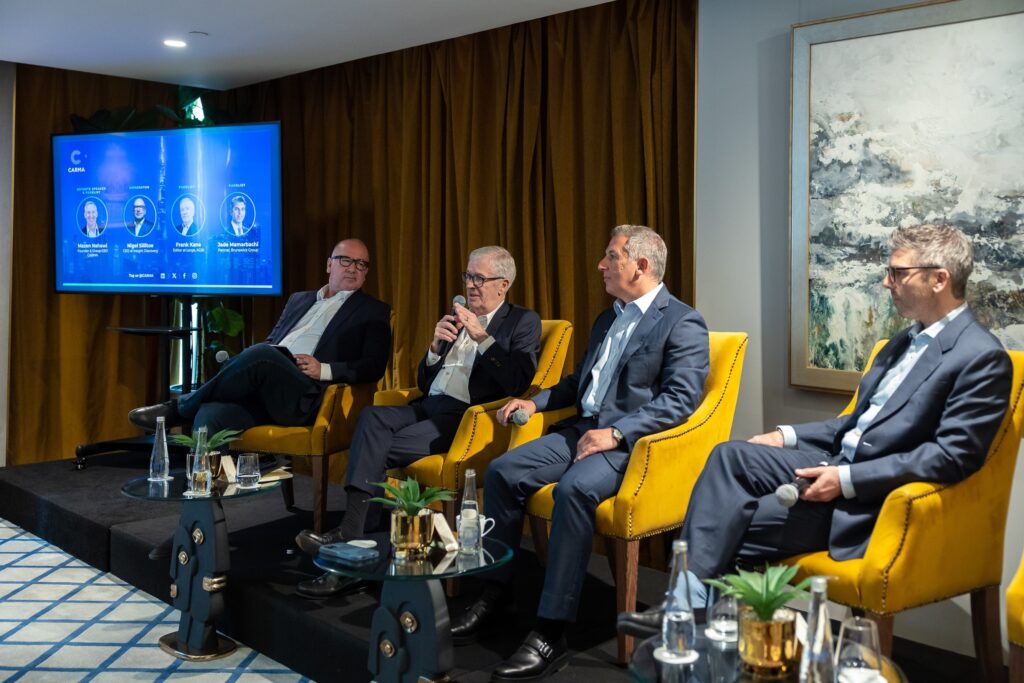After spending over two decades dedicated to driving performance, growth, and strategy for the creative and PR agency – Ogilvy, Patou Nuytemans, currently CEO across EMEA, recommends that organizations train themselves to be at “the forefront of change.” Communicate sat down with Nuytemans, to uncover her ways to build a resilient and agile strategy for an era that continues to surprise.
Creativity for Business
Nuytemans points out how all the stakeholders in the marketing industry “reappraise the value of creativity.” In a technology-driven and ever-evolving consumer landscape, effective marketing is becoming more and more complex.
Research also proves that new technologies enable marketers to develop & deploy tools that render the marketing of their brand more effective and produce new forms of data. However, the industry’s reliability on tactics is hindering various organizations to reach their full potential, according to Nuytemans. “The industry has become all about tactics, rather than exploring the know-how. Evidence to that is clients these days paying marketers for a set of deliverables,” she says.
Creativity for business cannot be restricted to the mechanics and the science behind working with innovative products. “It actually means for consumers to organize themselves for creativity. There are a lot of simple things. For example, when brands brief an agency, they need to give enough time for the creative process to unfold. This will open the floor to a collaborative effort between the client and the creatives,” added Nuytemans.
Move from image to impact
In times of uncertainty, Nuytemans advises marketers to maintain investment. WARC’s Guide to Consumer Crunch Report also explained how ‘positioning investment in communications can strengthen pricing power during a recession and can also help prepare for the recover.’
“While the first reaction to any such situation has always been to hold back from investing, there is real evidence in the market that maintaining investment can help win market share,” said Nuytemans.
It is also about moving from image to impact. “What I still don't see brands doing enough, is listening to their consumers, and understanding their motivations, behavior, and culture. For the consumer, it’s less about the aspiration but more about being inspired, they want to feel included in a message. This brands can only do if they maintain their authenticity,” she adds.
The TK Lab launched under WPP by Ogilvy Paris, is one such offering. A specialized platform to leverage the full potential of TikTok by centralizing expertise, capabilities, and talent.
Great work happens at the intersection of ideas
“Our industry is supposed to be driving creativity for business and we at Ogilvy believe that the best of creativity comes at the intersection of capabilities. Like when culture meets human dilemmas or when the latest technology meets storytelling. Collaboration is integral to driving this change, whether it be amid capabilities, or generations of humans. At Ogilvy, we strive to create that connected culture for creativity, which is based on the belief that diversity is critical for creativity,” Nuytemans explains.
Study explains that marketing effectiveness is driven by the creative implementation. Nuytemans explains how Ogilvy has devised a framework that works at the intersection of fame and function. “Fame resembling to the power of a big, purposeful idea that would grab attention. And function refers to the ability of an idea to be executed in a wide net of personalized and contextualized content that engages the consumer on a deeper level,” she added.
Organize for Agility
Quoting David Ogilvy, Ogilvy’s global brand champion, “Stagnation is our death knell and change is our lifeblood,” Nuytemans explains how the biggest risk marketers are most likely to face is the ability to be agile.
“We’ve seen nothing but change in the last two decades. Whether it's macro or microeconomic, political, or even in the marketing channels and consumer behavior. Therefore, the biggest risk marketers are tending to face is if they are stuck to their ways and restrictive of organizing and adapting to change. Brands need to be dynamic and prepared to deal with anything that comes their way,” concluded Nuytemans





